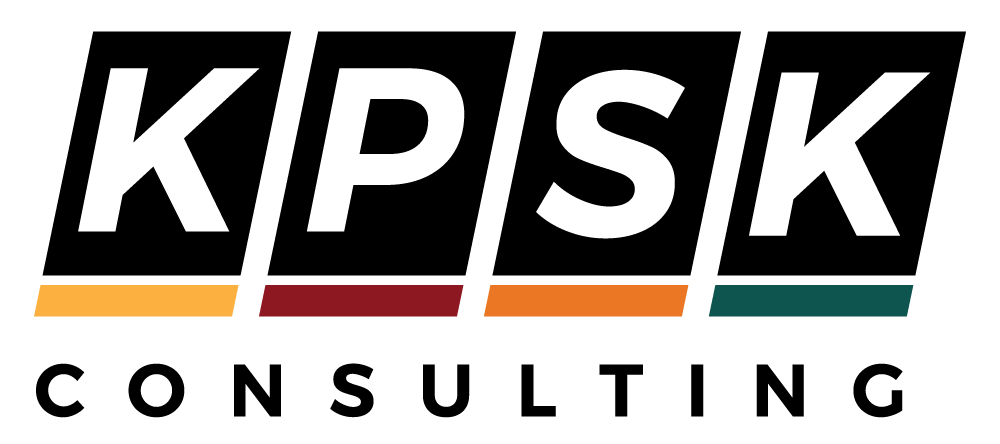ATLANTA – The U.S. Department of Labor’s Occupational Safety and Health Administration urges first responders, people in recovery efforts, and residents in areas affected by Tropical Storm Nicole to be aware of the many hazards that flooding, power loss, structural damage, fallen trees and storm debris may create.
While the storm came ashore as a category one hurricane, it weakened to a tropical storm and later a post-tropical cyclone, as it moved up Florida’s west coast.
Storm recovery may involve hazards related to restoring electricity and communications, removing debris, repairing water damage, repairing or replacing roofs and trimming trees. Only people with proper training, equipment and experience should conduct recovery and cleanup activities.
In weather disasters, OSHA recommends the following protective measures:
Evaluate the work area for hazards.
Assess the stability of structures and walking surfaces.
Ensure fall protection when working on elevated surfaces.
Assume all power lines are live.
Operate chainsaws, portable generators, ladders, and other equipment properly.
Use personal protective equipment, such as gloves, hard hats, hearing, foot and eye protection.
“First responders, recovery workers and others engaged in storm cleanup can reduce the risks of injuries, illnesses and fatalities with the proper knowledge, safe work practices and appropriate personal protective equipment,” said OSHA Regional Administrator Kurt Petermeyer in Atlanta.
OSHA maintains a comprehensive website with safety tips to help employers and workers, including tips on keeping workers safe during flood cleanup. Individuals involved in response and recovery efforts may call OSHA’s toll-free hotline at 800-321-OSHA (6742).
Under the Occupational Safety and Health Act of 1970, employers are responsible for providing safe and healthful workplaces for their employees. OSHA’s role is to help ensure these conditions for America’s working men and women by setting and enforcing standards, and providing training, education and assistance. For information, visit http://www.osha.gov.

